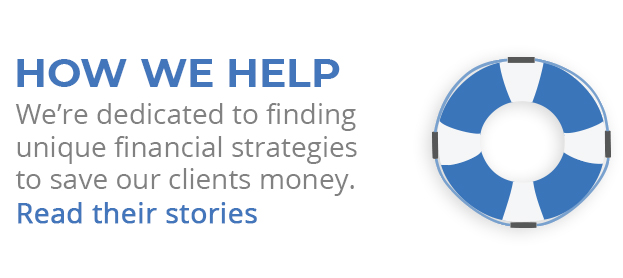
If you had a timeline of the financial steps you should probably take in life, what would it look like? Answers to that question will vary, but certain times of life do call for certain financial moves. Some should be made out of caution, others out of opportunity.
What might you want to do in your twenties? First and foremost, you should start saving for retirement – preferably using tax-advantaged retirement accounts that let you direct money into equities. Through equity investing, your money may grow and compound profoundly with time – and you have time on your side.
As a hypothetical example, suppose you are 25 and direct $5,000 annually for 10 years into a retirement account earning a consistent 7%. You stop contributing to the account at age 35 – in fact, you never contribute a dollar to it again. Under such conditions, that $50,000 you have directed into that account over ten years grows to $562,683 by the time you are age 65 with no further action from you. If you contribute $5,000 annually to the account for 40 years starting at 25, you end up with $1,068,048 at 65.
Aside from equity investment, you will want to try and build your savings – an emergency fund equal to six months of salary. That may seem unnecessarily large, or just too grand a goal, but it is worth pursuing, particularly if you are married or a parent. You could suffer a disability – not necessarily a permanent one, but an illness or injury that might prevent you from earning income. About 25% of people will contend with such an episode during their working lives, the Council for Disability Awareness notes, and less than 5% of disabling illnesses and accidents are job-related, so workers’ comp will not cover them. As Money notes, just 13% of millennials have disability insurance.
What moves make sense in your thirties? You may have married and started a family at this point, so your spending has probably increased quite a bit from when you were single. As you save and invest in pursuit of long-range financial objectives, remember also to play a little defense.
You should think about creating a will and a financial power of attorney in case something unforeseen happens. Another estate planning/asset protection move that becomes essential at this point is life insurance. Right now a 20-year, $250,000 term life policy for a 35-year-old can cost less than $30 a month. It will not build cash value like a permanent life policy, but it can easily be renewed (and in some cases, converted into permanent life insurance).
What considerations emerge between 40 and 50? This is where you may be “sandwiched” between taking care of your kids and your elderly parents or relatives. Your spending may reach a new peak; hopefully, your salary is rising as well.
Try to maintain your retirement planning effort in the face of these financial stresses – your pace and level of retirement account contributions. You may have teens or pre-teens at home, and if you have not yet considered creating a college fund that can grow and compound over time, now is the right time. You should not dip into your retirement fund to pay for their college educations, no matter how onerous college loans may seem.
You may want to look into long term care insurance. If you are wealthy, or soon will be, it may not be worth buying; you may have the money on hand to pay for years of nursing home care (or other forms of eldercare) that might be needed as you age. If you find yourself in the middle class, LTC insurance may be worth the expense depending on your health history and health outlook. Buying it before age 50 and while you are in good health is a wise move, if you are interested in such coverage.
Between 50 and 60, you are in the “red zone” before retirement. If you can, accelerate your retirement saving through greater contribution levels and/or the catch-up contributions allowed for many retirement accounts after age 50. You may want to tolerate less risk in your portfolio as retirement nears; you may not. Some investment professionals contend that in this era of low interest rates and low inflation, it makes much more sense to tilt a portfolio toward equities than toward fixed-income investments – provided you can put up with the inevitable volatility. Other investment professionals feel that is simply too risky a decision, even with some boomers needing much larger retirement nest eggs.
If possible, think about (and plan for) an approximate retirement date. Aim to reduce your debt as much as possible by that time or earlier. Retiring with multiple major debts can be stressful to say the least. Lastly, check in with a financial professional to gauge how close you are to realizing your long-term financial objectives.

About the Independent Financial Advisor
Robert Pagliarini, PhD, CFP®, EA has helped clients across the United States manage, grow, and preserve their wealth for the past 25 years. His goal is to provide comprehensive financial, investment, and tax advice in a way that was honest and ethical. In addition, he is a CFP® Board Ambassador, one of only 50 in the country, and a real fiduciary. In his spare time, he writes personal finance books, finance articles for Forbes and develops email and video financial courses to help educate others. With decades of experience as a financial advisor, the media often calls on him for his expertise. Contact Robert today to learn more about his financial planning services.










